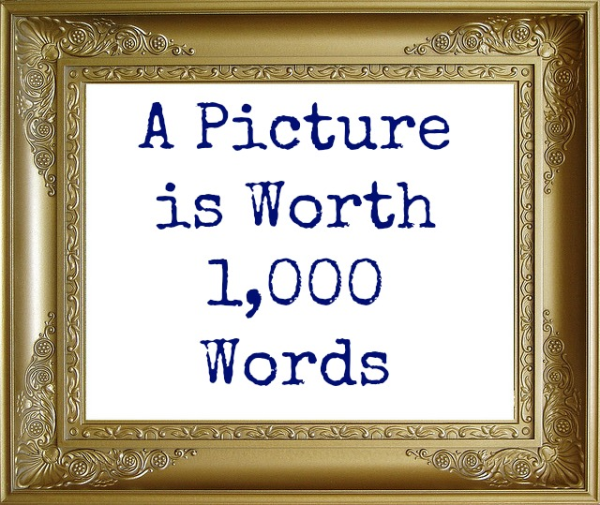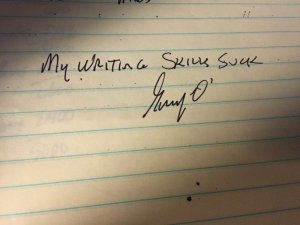In a conversation the other day with a genetics professor, she told me that research is showing changes in our DNA, as far as the way we learn. People are becoming more and more oriented to pictures, graphics, etc. The younger they are, the more they respond to pictures and the less to words.
I think this is pretty obvious just from looking at the Internet, streaming TV, phones, and so on. We all seem to be relying a lot on emoticons to convey or give a little extra oomph to our words. On Netflix, we don't get a straight forward list of movie and series, we get a screen display of boxes, each one containing what looks like a movie poster. Pictures of the good-looking stars, instead of a short verbal synopsis. (The synopsis usually does follow, after you click on the picture.)
Cursive writing is rapidly becoming a thing of the past, and young people seem to rely on the written word less and less. Our brains are evolving so fast that we can barely keep up!
I think this is pretty obvious just from looking at the Internet, streaming TV, phones, and so on. We all seem to be relying a lot on emoticons to convey or give a little extra oomph to our words. On Netflix, we don't get a straight forward list of movie and series, we get a screen display of boxes, each one containing what looks like a movie poster. Pictures of the good-looking stars, instead of a short verbal synopsis. (The synopsis usually does follow, after you click on the picture.)
Cursive writing is rapidly becoming a thing of the past, and young people seem to rely on the written word less and less. Our brains are evolving so fast that we can barely keep up!




